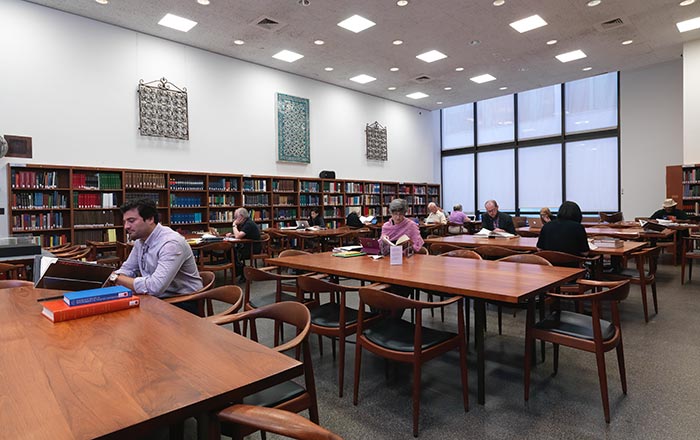Scrapbook containing newspaper and magazine clippings, calling cards, sketches, photographs of paintings, and two sales catalogs of Harnett's (William Michael Harnett, 1848–1892) work
Author William Ignatius Blemly American
Not on view
This scrapbook, compiled by William Ignatius Blemly, contains a collection of newspaper and magazine clippings, calling cards, sketches, photographs of paintings, designs for silverware, and sale catalogues relating to William Harnett (1848–1892), the Irish-born American still-life painter who was a master of trompe-l'oeil. Among Harnett's favorite subjects were books, firearms, and musical instruments. Harnett began his career as an engraver in Philadelphia in 1865 at the age of seventeen, working on steel, copper, and wood and eventually becoming an accomplished engraver of silver flatware. After moving to New York in 1869, he was employed by several silver manufacturers, including Tiffany and Company and Wood and Hughes, where he shared a workbench with Blemly, a fellow engraver. Harnett and Blemly became lifelong friends, and over the years Harnett presented the Blemly family with gifts of engraved sterling; it is through these pieces that Harnett's work as an engraver is known. Harnett continued working as a silver engraver until 1875, when his still lifes began to sell and his financial success as a painter became more certain.
The scrapbook is bound in a brown limp suede binding, with a tile blind-tooled on the front cover.
Illustrated: unique blind-tooled, suede binding on Blemly's Scrapbook on W. M. Harnett
Due to rights restrictions, this image cannot be enlarged, viewed at full screen, or downloaded.

